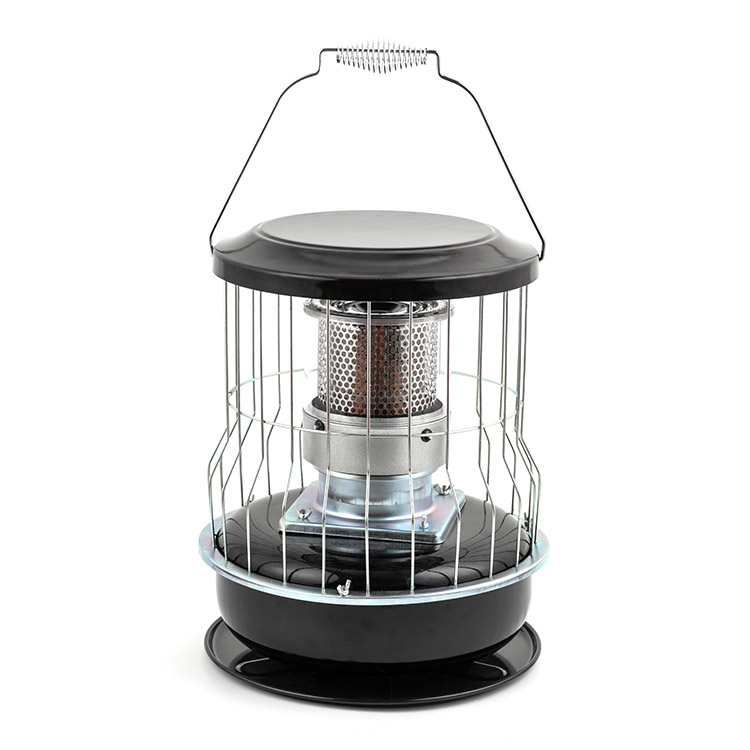Key components and features of a typical glass chimney kerosene heater
2023-10-18
A glass chimney kerosene heater is a type of portable heating device that uses kerosene as its fuel source to produce heat for indoor spaces. These heaters are equipped with a glass chimney or flue system that not only vents combustion gases and exhaust fumes safely to the outside but also allows for the monitoring of the flame. This glass chimney provides a visual indication of the heater's operation and allows users to see the flame's intensity and stability.
Here are the key components and features of a typical glass chimney kerosene heater:
1. Combustion Chamber: The combustion chamber is where kerosene fuel is burned to generate heat. It is designed for efficient combustion and heat transfer.
2. Wick: Many kerosene heaters use a wick to draw kerosene from the fuel tank into the combustion chamber. The wick is adjustable to control the flame's height and heat output.
3. Fuel Tank: The fuel tank stores kerosene fuel. The tank size can vary, with larger tanks providing longer heating durations between refills.
4. Ignition System: Kerosene heaters typically have an ignition system, which can be manual (using a match or lighter) or automatic (using a spark or electric ignition).
5. Safety Features: Modern kerosene heaters are equipped with various safety features, such as tip-over switches that shut off the heater if it is knocked over, automatic shut-off mechanisms in case of flame failure or overheating, and safety grills to prevent contact with hot surfaces.
6. Glass Chimney: The glass chimney or flue system surrounds the combustion chamber and allows users to view the flame. It also serves as a conduit for venting combustion gases and exhaust fumes safely to the outside. The glass chimney provides a visual indicator of the flame's behavior and helps users monitor the heater's operation.
7. Fuel Gauge: Some models have a fuel gauge or indicator to display the fuel level in the tank, aiding users in monitoring when it's time to refill.
8. Fan (Optional): Some kerosene heaters come with built-in fans to distribute heat more evenly throughout the room.
9. Adjustable Heat Settings: Many heaters offer adjustable heat settings, allowing users to control the intensity of the heat output.
10. Carry Handle or Wheels: For portability, kerosene heaters often include carry handles or wheels, making them easy to move from one location to another.
Using a Glass Chimney Kerosene Heater:
1. Fill the Tank: Fill the heater's fuel tank with kerosene, following the manufacturer's recommendations and safety guidelines.
2. Ignite the Heater: Ignite the heater using the provided ignition system or a suitable lighting method.
3. Adjust the Wick: Adjust the wick to control the flame's height and heat output. Higher wick settings produce more heat.
4. Monitor the Flame: Keep an eye on the flame through the glass chimney to ensure it burns steadily and with the desired intensity.
5. Ventilation: Ensure that the glass chimney or flue system is properly installed and venting combustion gases outdoors. Adequate ventilation is crucial to prevent the buildup of harmful gases indoors.
Glass chimney kerosene heaters offer the advantage of providing both heat and a visible indicator of the flame, allowing users to monitor their operation more easily. However, as with all kerosene heaters, they should be used with caution, following safety guidelines and local regulations to minimize the risks associated with combustion and indoor air quality. Regular maintenance and proper ventilation are essential for safe operation.



